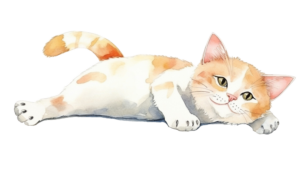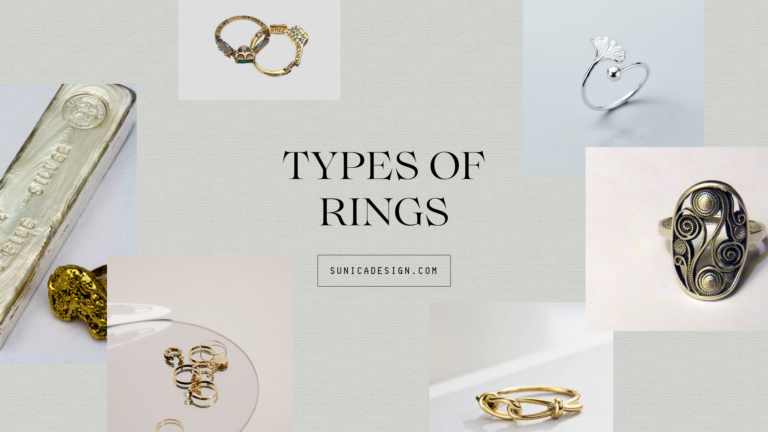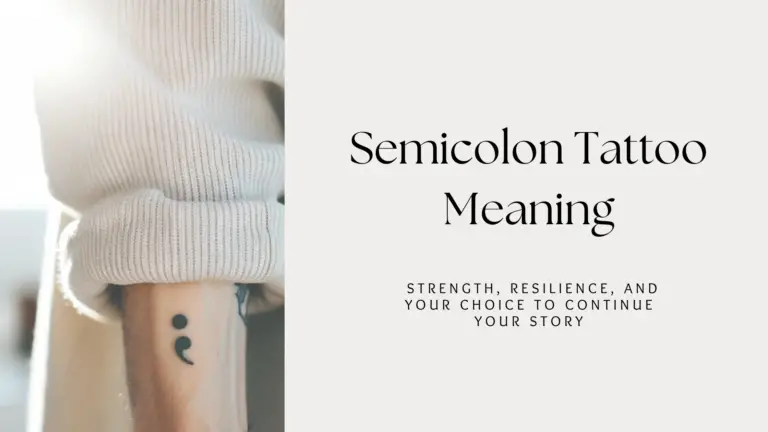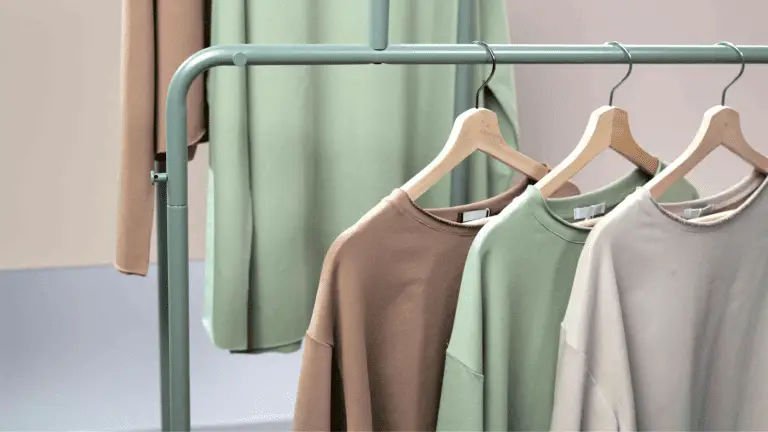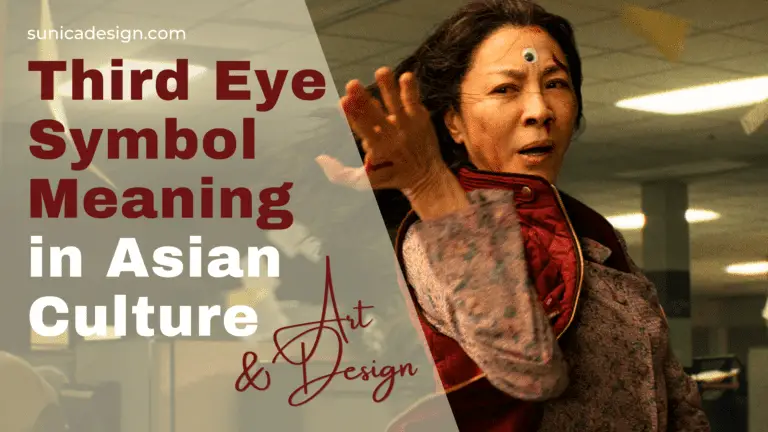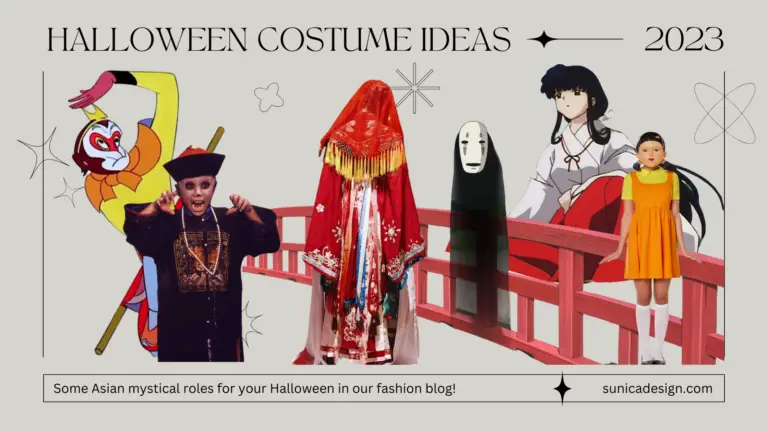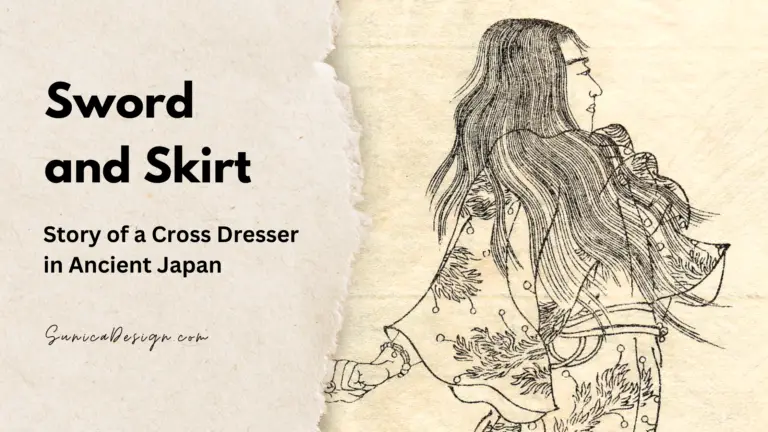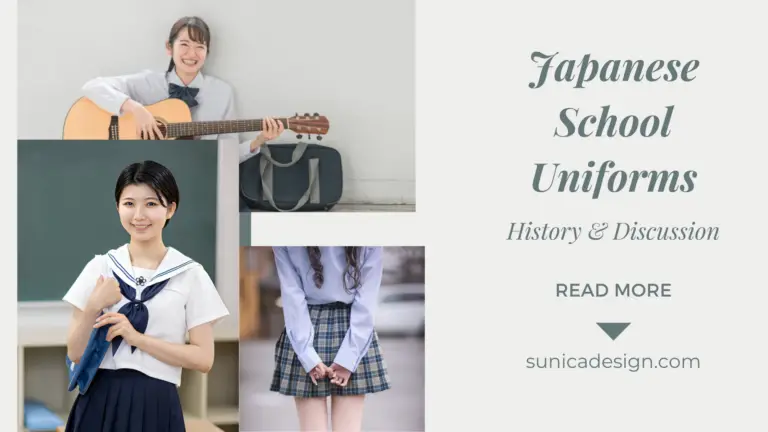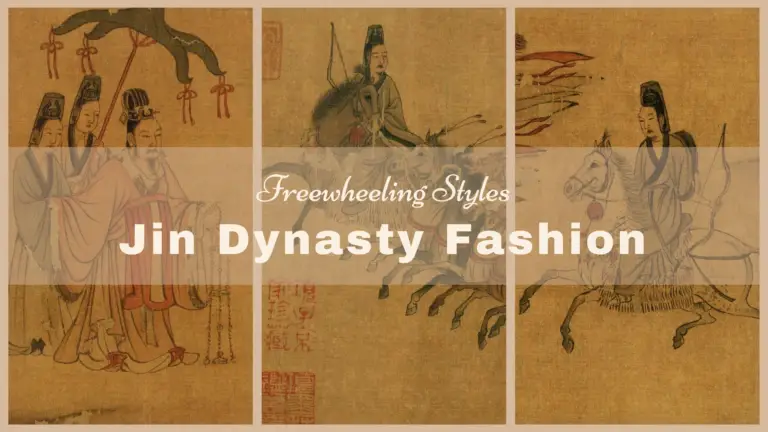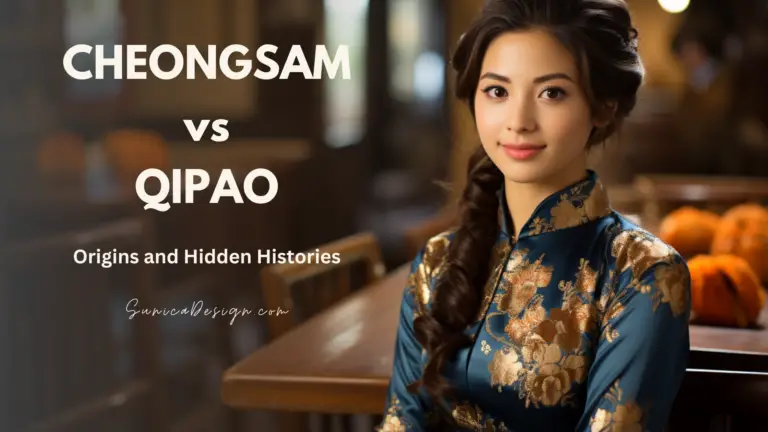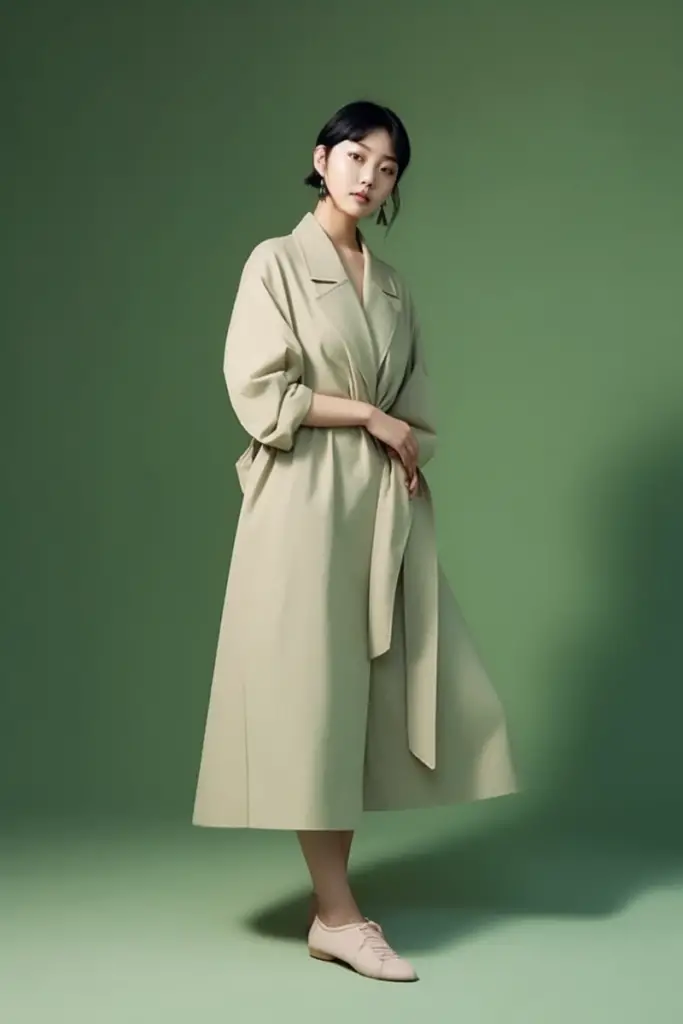Nestled in the vibrant Yunnan Province of China, the Chinese Dai people boast a rich cultural heritage: a delightful melange of colors, textures, and time-honored traditions. Grab a cup of your favorite brew, kick back, and join us to uncover the irresistible charm of Chinese Dai.
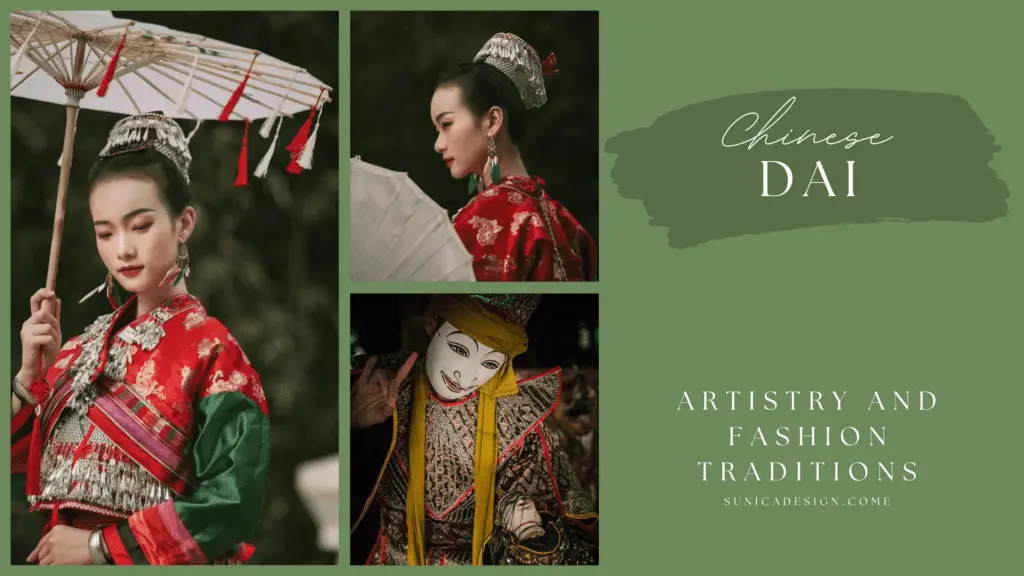
Chinese Dai Ethnic Group
The Chinese Dai ethnic group is called “傣族” (dǎi zú) in Chinese. They are a vibrant community residing predominantly in China’s Yunnan Province, close to the borders of Myanmar, Laos, and Vietnam. They have boasted a heritage that reflects a fascinating blend of influences from neighboring countries.
Tracing their ancestry back to the ancient Baiyue people, the Chinese Dai has evolved into a unique identity. Over the years, they have developed their own language, solidifying their distinct cultural profile. The Dai language is a phonetic script that has evolved into many local languages in China.
From the spellbinding artistry of their paper cuts to the vivid palette of their mural paintings, Chinese Dai has a knack for making everyday life a colorful and enchanting experience. And when it comes to fashion, they’ve got style in spades! With a penchant for exquisite textiles, intricate embroidery, and eye-catching designs, their clothing is truly a feast for the senses.
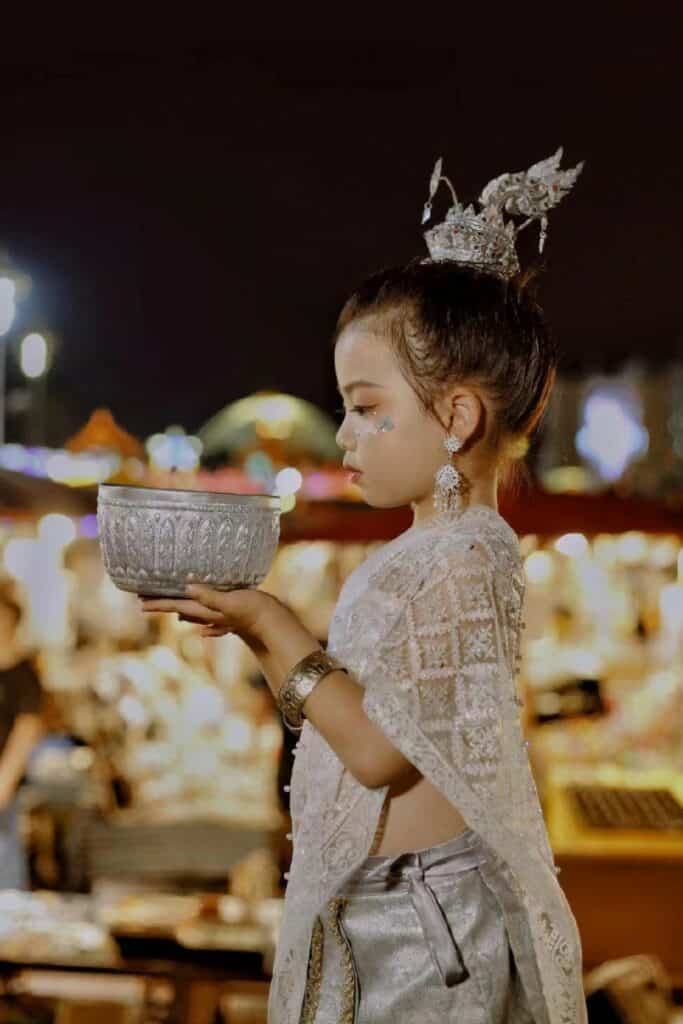
The Arts of Chinese Dai
Papercutting Art

The Chinese Dai paper-cuts are exquisite art that showcases the community’s creativity and exceptional craftsmanship. With specially designed scissors, carving knives, chisels, and hammers, Dai artists have mastered creating inspiring designs. Their scissors and knives are sharp, flat, and thin, enabling them to cut through up to eight layers of paper. At the same time, their chisels and hammers are stable, precise, and agile, allowing them to carve through over fifty layers in one go.
There are two primary methods for Chinese Dai paper-cutting: “cutting” and “carving.” The cutting technique is freeform, requiring no pre-drawn patterns. However, carving calls for a template to guide the creative process.
The Dai paper-cuts mainly decorate tassels, banners, Buddha flags, hanging lanterns, streamers, and panels. You can also see them on the doors, windows, and umbrellas in Buddhist temples, as well as theatrical props, festive marquees, and Water Splashing Festival pavilions.
Dai Calligraphy

The Chinese Dai calligraphy, a mesmerizing art form, is characterized by its graceful lines and the use of Dai script as its visual content. Over the years, this elegant form of writing has been expressed through various tools, ranging from the earliest charcoal and white clay pens to the later iron chisel pens, fern pens, steel nibs, and traditional brushes.
Traditional Chinese Dai calligraphy boasts six distinct styles: Duowenwanfei, Duoqindabu, Duofahong, Duoluogu, Duomahuanshe, and Duonanlianduo. The researchers of Dai also refer them as the “Six Techniques” or “Six Major Forms.”
Dai Embroidered Brocade
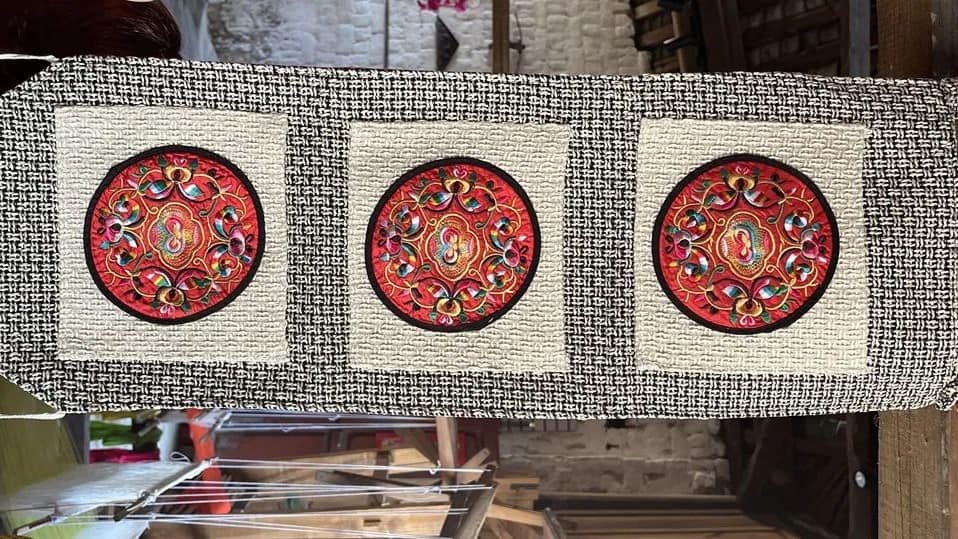
The Chinese Dai brocade is a true testament to the skill and artistry of Dai weavers. Created by weaving intricate designs with weft threads, the brocade demands high precision and organization. To begin weaving, Dai women first arrange the patterns on a “pattern board” (a template) using thin ropes. With hand-pulling and foot-pushing motions, they create layers of warp threads and then weave the weft, repeating this process to produce the stunning Dai brocade.
Designing a piece of Chinese Dai brocade requires hundreds or even thousands of thin ropes to be carefully arranged on the pattern board. The resulting brocade is renowned for its intricate craftsmanship, unique patterns, vibrant colors, and durability. It often features rare birds, mythical creatures, exotic flowers, and geometric patterns, each imbued with special meaning. For instance, red and green colors pay tribute to Dai ancestors, peacock motifs symbolize auspiciousness, and elephant patterns represent bountiful harvests.
Traditional Dances
The Chinese Dai people are renowned for their rich array of traditional dances. Known as “Fan” in the Dai language, dances are an integral part of the Dai people’s culture. Numerous folk dances reflect the Dai people’s daily lives and customs. Examples include the hat dance, fan dance, flower dance, wax stick dance, and lotus dance. Each of these dances embodies the vibrant essence of the Dai lifestyle.
Among the diverse range of Chinese Dai dances, the peacock dance remains the most beloved. During annual Buddhist festivals and New Year celebrations, the peacock dancers will always show up with a mesmerizing performance, captivating audiences with grace and beauty.
The Fashion Traditions of Chinese Dai
When it comes to fashion, the Chinese Dai people sure know how to turn heads. With a vibrant fashion culture that reflects their unique artistic heritage, Chinese Dai’s traditional clothing is a visual feast. It completes with vivid colors and intricate patterns that make a stylish statement.
Traditional Dai Clothing for Women and Men
As we have introduced in the article “Special Ethnic Fashion of Traditional Chinese Dress,” women in the Chinese Dai community rock elegant sarongs. They showcase the incredible craftsmanship of Dai weavers. These beautifully crafted garments often feature intricate embroidery. Paired with exquisite blouses and accessories, such as silver necklaces and bracelets, the Dai women’s outfits epitomize sophistication and grace.
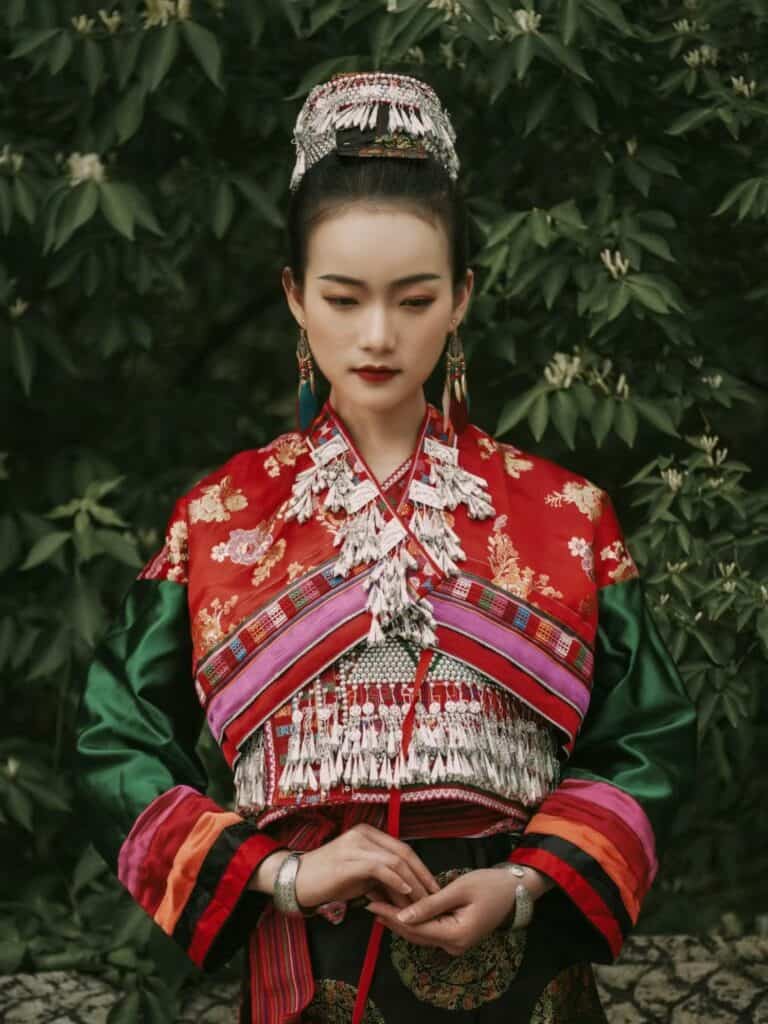
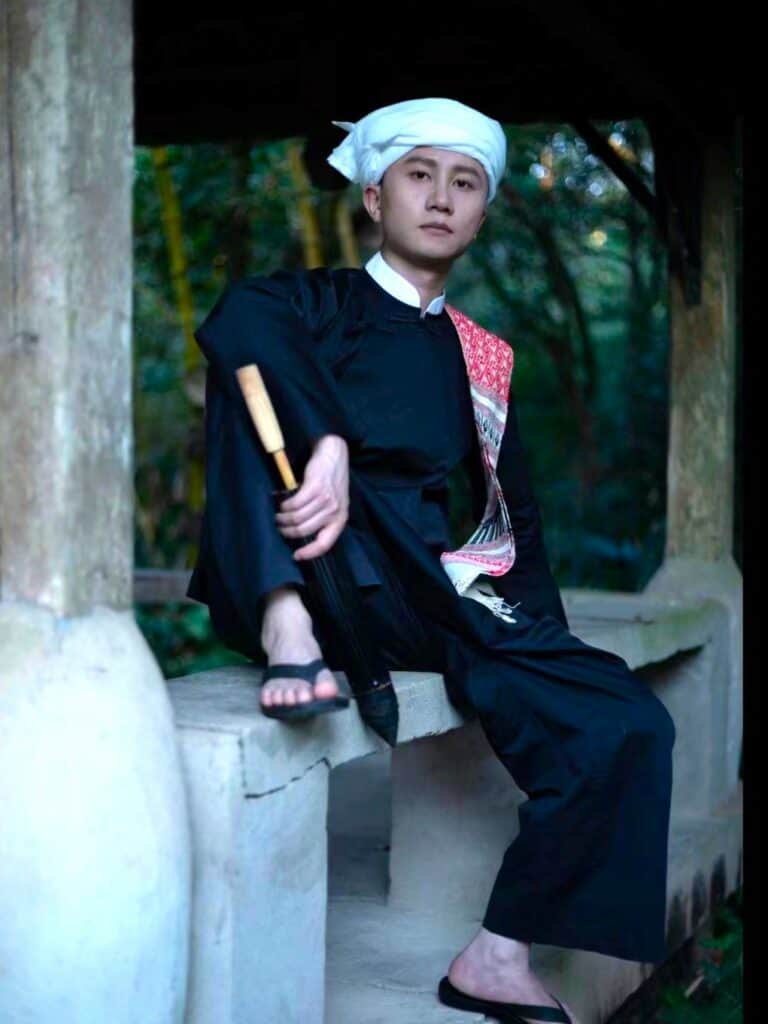
Not to be outdone, Dai men typically wear collarless jackets with either a buttoned front or a large lapel paired with long trousers. During colder weather, they often drape in a woolen felt for warmth. The men’s attire commonly involves wrapping their heads with white or blue cloth, showing a significant sign of Dai.
Tattoo Art in the Chinese Dai Community
Tattooing is a widespread custom among the Chinese Dai men, symbolizing courage, warding off evil spirits, and decorating the body.
Boys as young as 11 years old start getting tattoos. The preferred designs of their art are mainly tigers, leopards, lions, dragons, snakes, and eagles. The most common areas for tattooing are the limbs, chest, abdomen, and back. It usually takes around two days to tattoo one leg and about seven to eight days to cover the entire body.
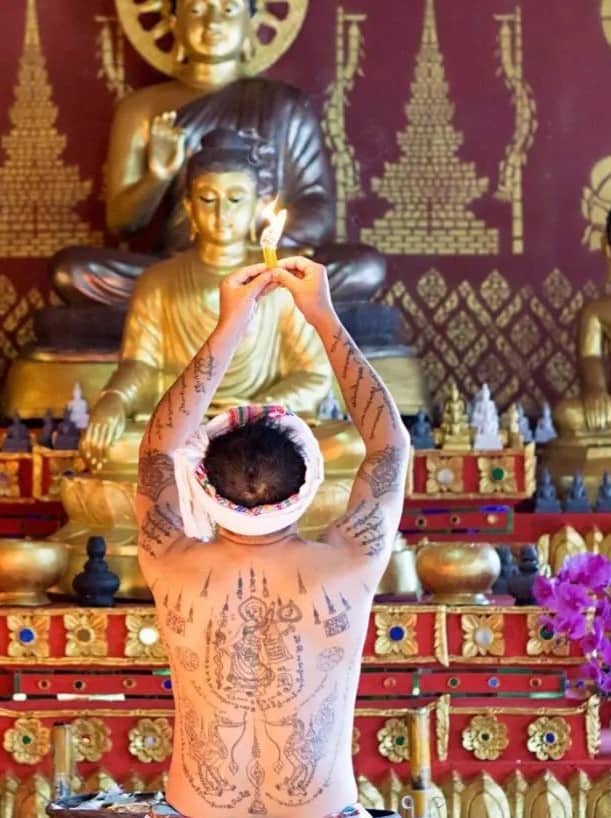
The Chinese Dai Silver Accessories
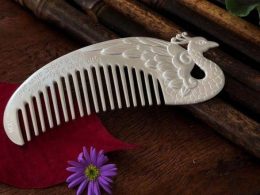
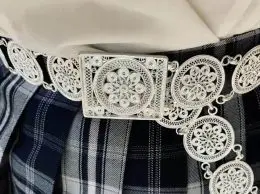
Chinese Dai silver, commonly referred to as “傣银, dǎi yín,” is a general term for the silver jewelry crafted by the Dai people in Yunnan Province. For Chinese Dai, silver symbolizes purity and is believed to ward off evil and protect against toxins. It also represents pure love, power, and wealth. Therefore, the Dai people love to create silver accessories, which they wear on their heads, bodies, and waists. Silver is also a favorite material for everyday utensils among the Dai community.
Since Chinese Dai people practice Theravada Buddhism, they use lots of silver in their religious ceremonies. During the grandest festival, Dai people will decorate silver in both religious rituals and festive attire, ensuring every celebration is complete with these stunning adornments.
Interesting Facts About Chinese Dai People
Actually is Tai
After World War II, the Tai people spread across various countries. Local governments in these countries gave them different names. In Thailand, Vietnam, and Cambodia, they’re known as Thai, while in Laos, they’re called Lao. Myanmar refers to them as Shan. In China, they have the name “Chinese Dai.” At the same time, they’re Ahom in India.
Despite these different names, all these groups share a common self-identification as Tai [Theory Resource]. So, whether you call them Thai, Lao, Shan, Chinese Dai, or Ahom, these fascinating people are united by their Tai heritage. Talk about a cultural melting pot!
Uniquely Cooked Moss
Moss as an ingredient is a unique culinary delight of the Chinese Dai people. They will carefully harvest moss from rocks in the river during springtime. The darker the moss, the better! Once finishing collection, Dai people will tear the moss into thin pieces and dry them under the sun. Dai chefs will then thread the moss onto bamboo strips for storage.
When it’s time to cook, the thicker moss pieces are fried in oil, while the thinner ones are roasted over an open flame. After the moss reaches a delightfully crispy texture, the chef will pour hot oil on top. Next, add salt and mix well. You can dip sticky rice balls or cured meat into this moss dish. It creates a delicious flavor that’s truly one-of-a-kind.
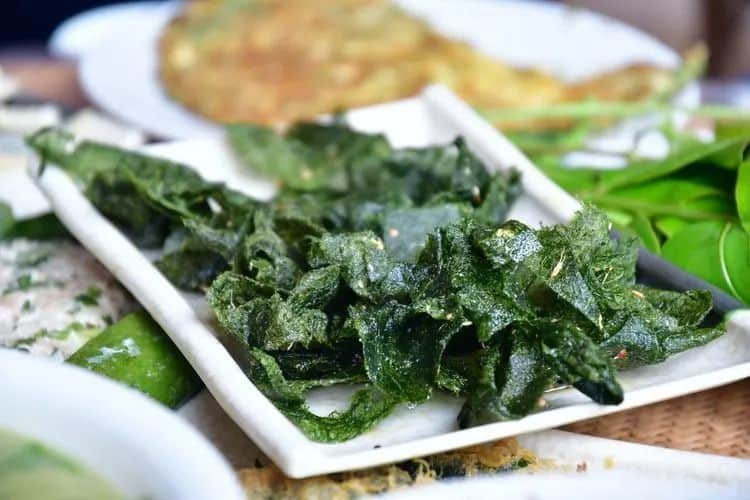
Water Splashing Festival
The Water Splashing Festival, usually in mid-April, is Chinese Dai’s version of New Year. It’s a time to wash away the past and welcome a bright and prosperous future. This three-day festival is filled with dancing, music, and, of course, water splashing galore!
During the festival, the streets come alive with the sounds of laughter, drums, and gongs. Participants don traditional Dai attire, complete with eye-catching silver accessories. The main attraction of the event, however, is the joyous water splashing. Locals and visitors engage in friendly water battles, drenching each other with buckets, water guns, or whatever they can get their hands on. Just have good fun, because getting soaked in their culture is a sign of good luck and blessings for the upcoming year!
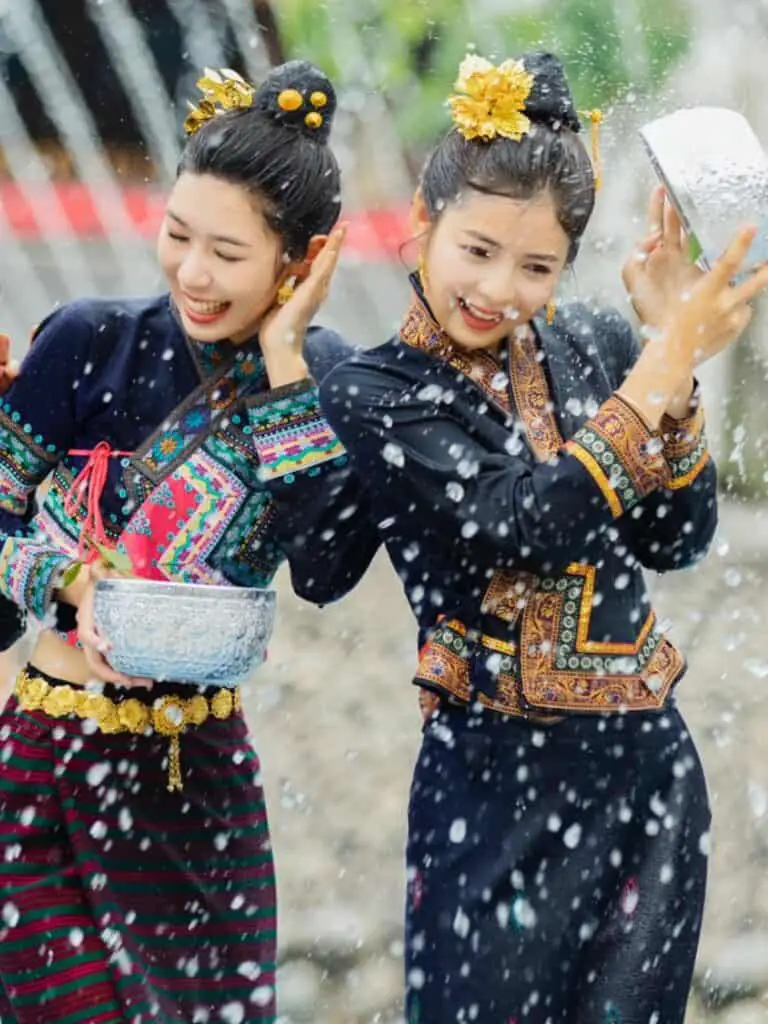
Conclusion
In conclusion, the Chinese Dai people offer an enchanting blend of captivating art, vibrant fashion, and rich cultural traditions. From the peacock dance to the silver jewelry, the Dai community has an undeniable artistic flair that sets them apart.
So, whether you’re an avid art enthusiast, a fashion aficionado, or someone looking for a new adventure, the Chinese Dai people will offer you an unforgettable experience. Dive into their enthralling world and let their artistry and fashion charm you. You won’t be disappointed!
If you want to know more about Chinese culture and styles, welcome to our “Chinese dress” channel! Feel free to leave a comment if you have any questions or ideas about Chinese culture and fashion ~ We are always here to exchange brilliant thoughts!


